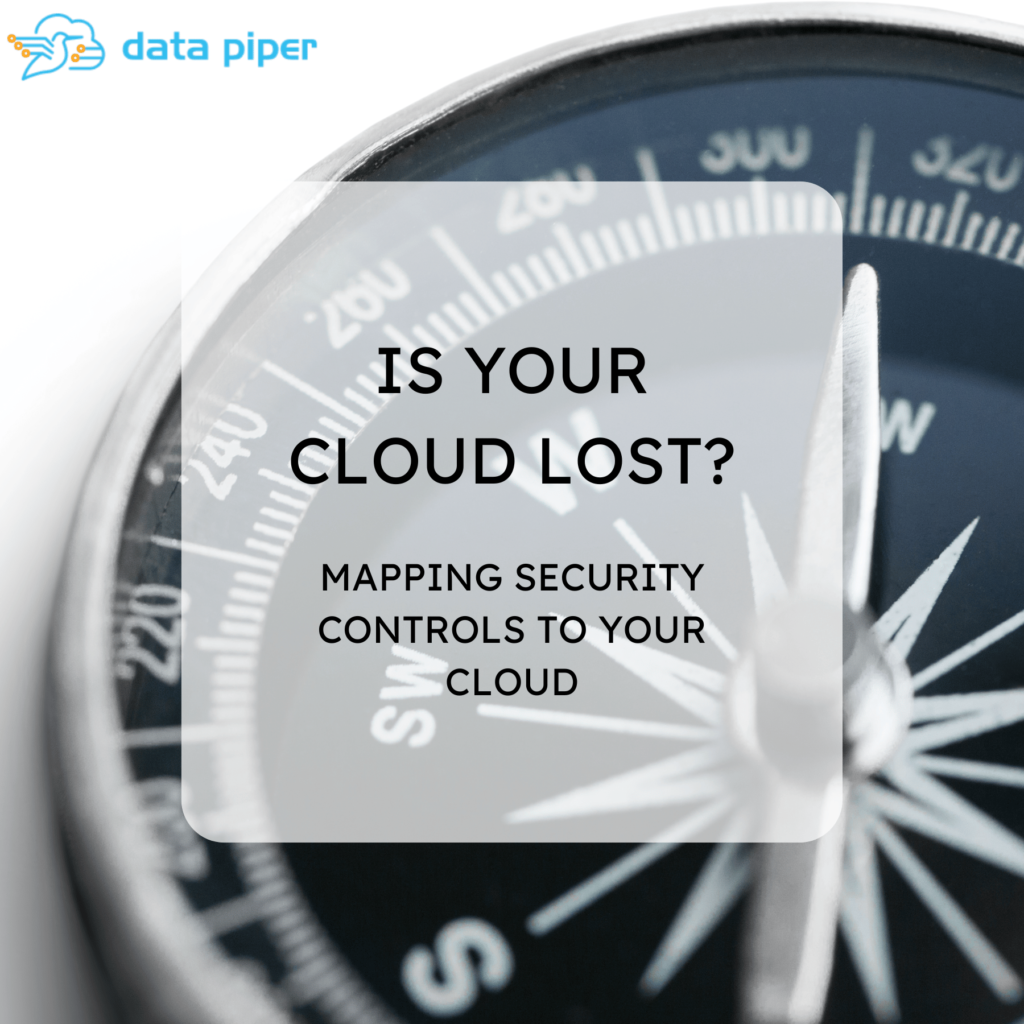
As organizations move to the cloud, they must ensure their data is secure. To do this, they must map their cloud security controls to an enterprise framework. This process can be complex and time-consuming, but it is essential for achieving optimal security.
The first step in mapping cloud security controls to an enterprise framework is to identify the organization’s security requirements. This includes understanding the organization’s data, applications, and infrastructure. It also involves understanding the organization’s risk profile and the security controls necessary to protect its data and applications.
Once the security requirements have been identified, the next step is to map the cloud security controls to the enterprise framework. This involves understanding the different types of cloud security controls and how they can be used to protect the organization’s data and applications. It also involves understanding the different types of enterprise frameworks and how they can be used to ensure that the organization’s data and applications are secure.
Once the cloud security controls have been mapped to the enterprise framework, the next step is to implement the security controls. This involves understanding the different types of security controls and how they can be used to protect the organization’s data and applications. It also involves understanding the different types of security policies and procedures that must be followed to ensure that the security controls are effective.
Finally, the organization must monitor the security controls to ensure that they are effective. This involves understanding the different types of security monitoring tools and how they can be used to detect potential security threats. It also involves understanding the different types of security reports that must be generated to ensure that the security controls are effective.
Mapping cloud security controls to an enterprise framework is essential to achieving optimal security. It requires a thorough understanding of the organization’s security requirements, the different types of cloud security controls, and the different types of enterprise frameworks. It also requires a thorough understanding of the different types of security policies and procedures, the different types of security monitoring tools, and the different types of security reports. By following these steps, organizations can ensure that their data and applications are secure.
To learn more about how Data Piper can help, Click here to schedule a 15-Minute Strategy Session. Data Piper can provide organizations with the expertise and guidance they need to map their cloud security controls to an enterprise framework and achieve optimal security. With Data Piper
#EnterpriseFramework #DataSecurity #Cybersecurity




